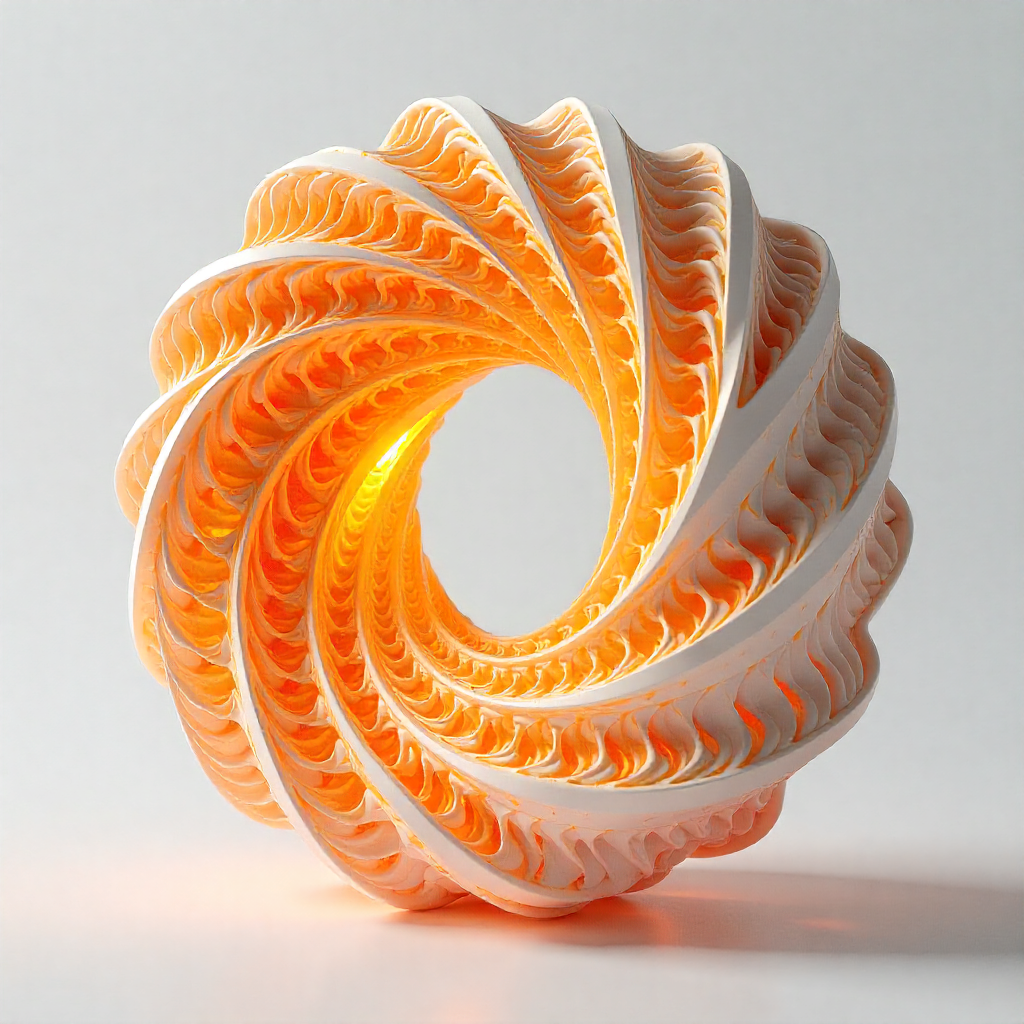As a UX designer, I’m always looking for ways to streamline my workflow and push creative boundaries. So when I heard about Figma’s new AI capabilities ‘Make’, I had to it them in action.

AI PROCESS
A Designer’s AI Experiment
I wanted to know: Can a tool quickly prototype a complete, narrative-driven landing page from scratch? I decided to put it to the test, and the results were more than I expected.
My goal was to create a modern, experimental landing page for a creative digital business.
The prompt I gave the AI was simple yet specific:
"Design a landing page for a creative digital business with an emphasis on design experimentation, digital visuals, and technology. The focus should be on showcasing innovative and experimental work and trends in the digital design industry."

What happened next was a fascinating look into the future of design. After a few minutes, the result was a fully designed, visually rich landing page.
The AI at Work
What happened next was a fascinating look into the future of design.
From a blank canvas, the AI started to work its magic. Within minutes, it wasn’t just generating a static layout; it was building a complete design system. It created components, wrote placeholder copy, and even began generating the underlying code in React. This is a crucial step for agile teams, as it gives developers a head start, saving hours of manual work.
After a few minutes, the result was a fully designed, visually rich landing page. The AI interpreted my prompt and delivered a bold hero section with eye-catching gradients, a featured work gallery with interactive cards, and sections dedicated to services and industry trends.
Responsiveness
Seeing the Design in Action
One of the most impressive parts of this process was how the AI handled responsiveness.
In a world where a mobile-first approach is essential, the tool automatically created a seamless transition for different screen sizes. This is where the AI truly starts to “realise” the user experience, providing solutions for interactive elements and flawless responsiveness.
I wanted to know: can a tool quickly prototype a complete, narrative-driven landing page from scratch? I decided to put it to the test, and the results were more than I expected.

The small screen
The Sweet Spot
Most Common: 6.0 to 6.7 inches @ 1080 x 2400 (Full HD+)

Common Screen Sizes
Long-standing standard
16:9 aspect ratio @ 3840 x 2160 (4K UHD)
Questions
The Big Questions
Validation or Innovation?
After seeing the final product, I’m left with a profound question:
Did this tool just save me time, or did it save me from a necessary part of the creative process?
There’s no doubt that the AI delivered a solid foundation, tackling about 60% of the work with remarkable speed. It created a baseline of good UX patterns and clean code. However, as a designer who lives and breathes this work, I have to ask:
Should we feel validated that an AI can generate our base-level patterns, or does it challenge us to push web design even further to the limit?
Design Spark
Where is the Magic?
While this technology is powerful, it comes with a few caveats
- It’s currently an enterprise-level feature, locked behind a paywall.
- The feature must be enabled by an administrator for your entire team.
For now, these tools can save us from the mundane, repetitive tasks. But the real magic of design—the element that makes a project truly stand out—is the unique human perspective. It’s the storytelling, the subtle emotional cues, and the a-ha moments that only a human designer can bring.
AI in the Design Process
- AI as a Powerful Concept-to-Iteration Accelerator: AI can undeniably provide the whole concept-to-iteration process in a rudimentary form. It’s a fantastic starting point for generating initial layouts, code, and even responsive designs, significantly speeding up the early stages of a project. However, it still requires human oversight for true refinement and strategic alignment.
- Web 3.0 Demands User-Centric Clarity: The advent of Web3 makes understandable navigation and clear explanations more critical than ever. As AI helps build increasingly complex systems, the role of the UX designer in translating these complexities into intuitive, accessible experiences becomes paramount.
- The Hybrid Future is Here: My experience demonstrated that the most effective approach is a hybrid one. AI provides the speed and initial ideation, while human designers bring the empathy, critical thinking, strategic insight, and nuanced refinement necessary to create truly exceptional user experiences.
AI vs. Human UX
Here are three other global points on the interplay between AI and human UX designers:
Empathy and Emotional Intelligence Remain Human Domain: While AI can analyze vast amounts of user data, it struggles to genuinely understand human emotions, cultural nuances, and the subtle psychological factors that influence user behavior. A human UX designer’s empathy is crucial for crafting experiences that truly resonate and build emotional connections.
Strategic Vision and Innovation Beyond Data: AI excels at pattern recognition and optimizing based on existing data. However, truly disruptive innovation and long-term strategic vision, especially in anticipating future user needs and market shifts, still largely depend on human creativity, intuition, and abstract thinking that goes beyond current datasets.
Ethical Design and Bias Mitigation: AI models can inadvertently perpetuate biases present in their training data. Human UX designers play a critical role in identifying and mitigating these biases, ensuring that AI-generated designs are inclusive, ethical, and do not inadvertently alienate or disadvantage certain user groups. The responsibility for ethical design ultimately rests with the human designer.

What do you think?
So, while AI can build the foundation, I believe our role is to continue pushing the boundaries,
Ensure that every design tells a meaningful story and connects with its audience on a deeper level.
Is this the future of design, or just a powerful new tool in our creative arsenal?
